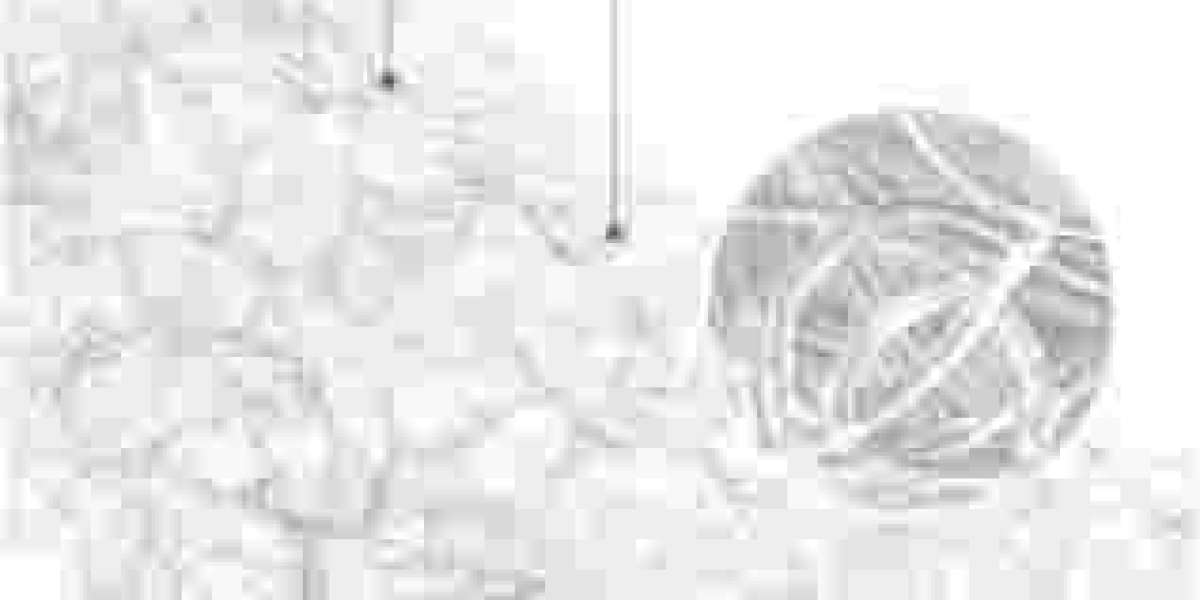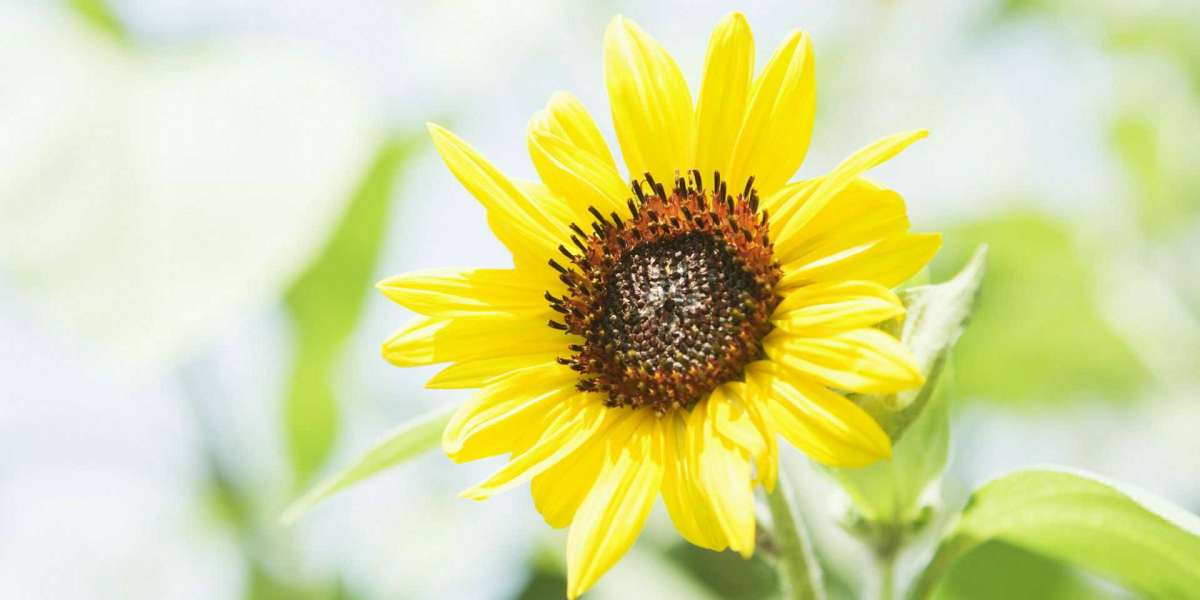Geotextiles are an essential component in civil engineering projects, providing strength, stability, and erosion control. Among the various types of geotextiles available, PP/PA3D geotextiles have gained significant popularity due to their exceptional properties and versatility. In this article, we will delve into the world of PP/PA3D geotextile extrusion equipment, exploring its significance, features, and applications.
I. Understanding PP/PA3D Geotextiles
PP/PA3D geotextiles are engineered fabrics made from polypropylene (PP) or polyamide (PA) materials. These geotextiles possess unique characteristics that make them ideal for civil engineering applications. They offer high tensile strength, excellent durability, and resistance to chemicals, UV radiation, and biological degradation. Additionally, PP/PA3D geotextiles exhibit superior filtration and drainage properties, making them suitable for a wide range of projects.

II. The Role of Geotextile Extrusion Equipment
Geotextile extrusion equipment plays a crucial role in the production of PP/PA3D geotextiles. This specialized machinery ensures precise and efficient manufacturing processes, resulting in high-quality geotextiles. By utilizing geotextile extrusion equipment, manufacturers can meet the increasing demand for geotextiles while maintaining consistency and reliability in their production.
III. Key Components of PP/PA3D Geotextile Extrusion Equipment
1. Extruder:
The extruder is the heart of the geotextile extrusion process. It melts the raw PP or PA materials and forms them into a molten polymer. The extruder's design and specifications determine the output capacity and quality of the geotextiles.
2. Die Head:
The die head is responsible for shaping the molten polymer into the desired geotextile form. It ensures uniformity and precision in the extrusion process, resulting in consistent geotextile dimensions and properties.
3. Cooling System:
The cooling system maintains the optimal temperature for the molten polymer as it passes through the die head. Proper cooling is crucial to solidify the polymer and achieve the desired geotextile characteristics.
4. Winding System:
The winding system collects and organizes the produced geotextile. It ensures proper alignment and tension control during the winding process, facilitating easy handling and transportation of the geotextiles.

IV. Advancements in Geotextile Extrusion Technology
Geotextile extrusion technology has witnessed significant advancements in recent years, leading to improved efficiency and productivity. Innovations in extruder design, such as twin-screw extruders, allow for better mixing and melting of the polymer, resulting in enhanced geotextile quality. Additionally, the integration of automation and control systems enables precise control over the extrusion process, minimizing human error and optimizing production.
V. Benefits of Using PP/PA3D Geotextile Extrusion Equipment
1. Cost-effectiveness and Reduced Material Wastage:
Geotextile extrusion equipment ensures efficient utilization of raw materials, minimizing waste and reducing production costs. The precise control over the extrusion process also results in consistent geotextile quality, reducing the need for rework or product rejection.
2. Customization Options:
Geotextile extrusion equipment allows for customization of geotextiles to meet specific project requirements. Manufacturers can adjust parameters such as thickness, width, and strength to produce geotextiles tailored to different applications.
3. Consistent and High-Quality Production:
By utilizing geotextile extrusion equipment, manufacturers can achieve consistent geotextile production with uniform properties and dimensions. This reliability is crucial for ensuring the performance and longevity of geotextiles in civil engineering projects.
4. Increased Production Capacity:
Geotextile extrusion equipment enables higher production capacities, allowing manufacturers to meet growing market demands. The efficient and automated processes reduce production time, resulting in faster turnaround times.
VI. Applications of PP/PA3D Geotextiles
PP/PA3D geotextiles find applications in various civil engineering projects, including:
1. Reinforcement of roads, highways, and railways.
2. Soil stabilization in embankments and slopes.
3. Erosion control in riverbanks and coastal areas.
4. Drainage systems and filtration in construction projects.
5. Environmental protection and landfills.

VII. Choosing the Right Geotextile Extrusion Equipment
When selecting geotextile extrusion equipment, several factors should be considered. These include production capacity, machine reliability, after-sales support, and the reputation of the manufacturer. Collaborating with reputable manufacturers ensures the availability of technical expertise, spare parts, and ongoing support.
Conclusion
PP/PA3D geotextile extrusion equipment plays a vital role in the production of high-quality geotextiles for civil engineering applications. By understanding the significance of specialized machinery and the benefits it offers, manufacturers can meet the increasing demand for durable, efficient, and sustainable geotextiles. Embracing advancements in geotextile extrusion technology contributes to the success of infrastructure projects while ensuring environmental protection and long-term stability.








